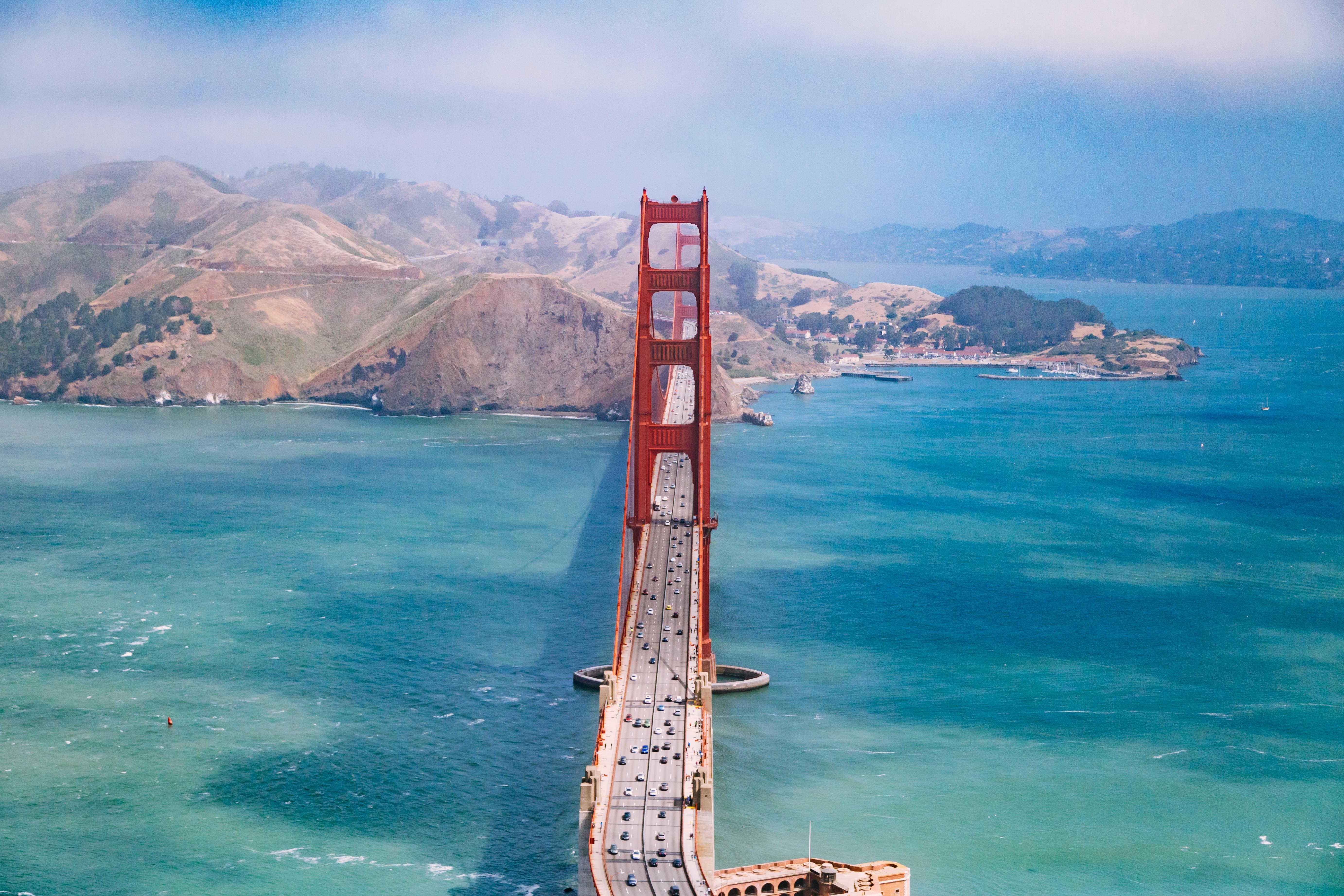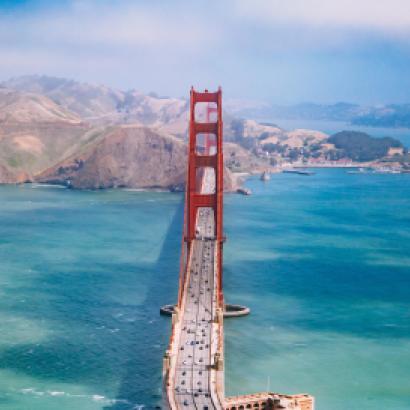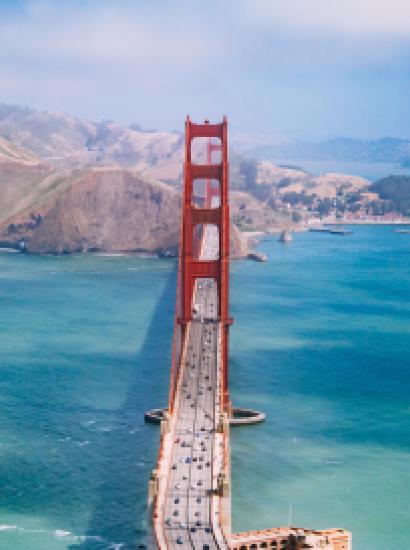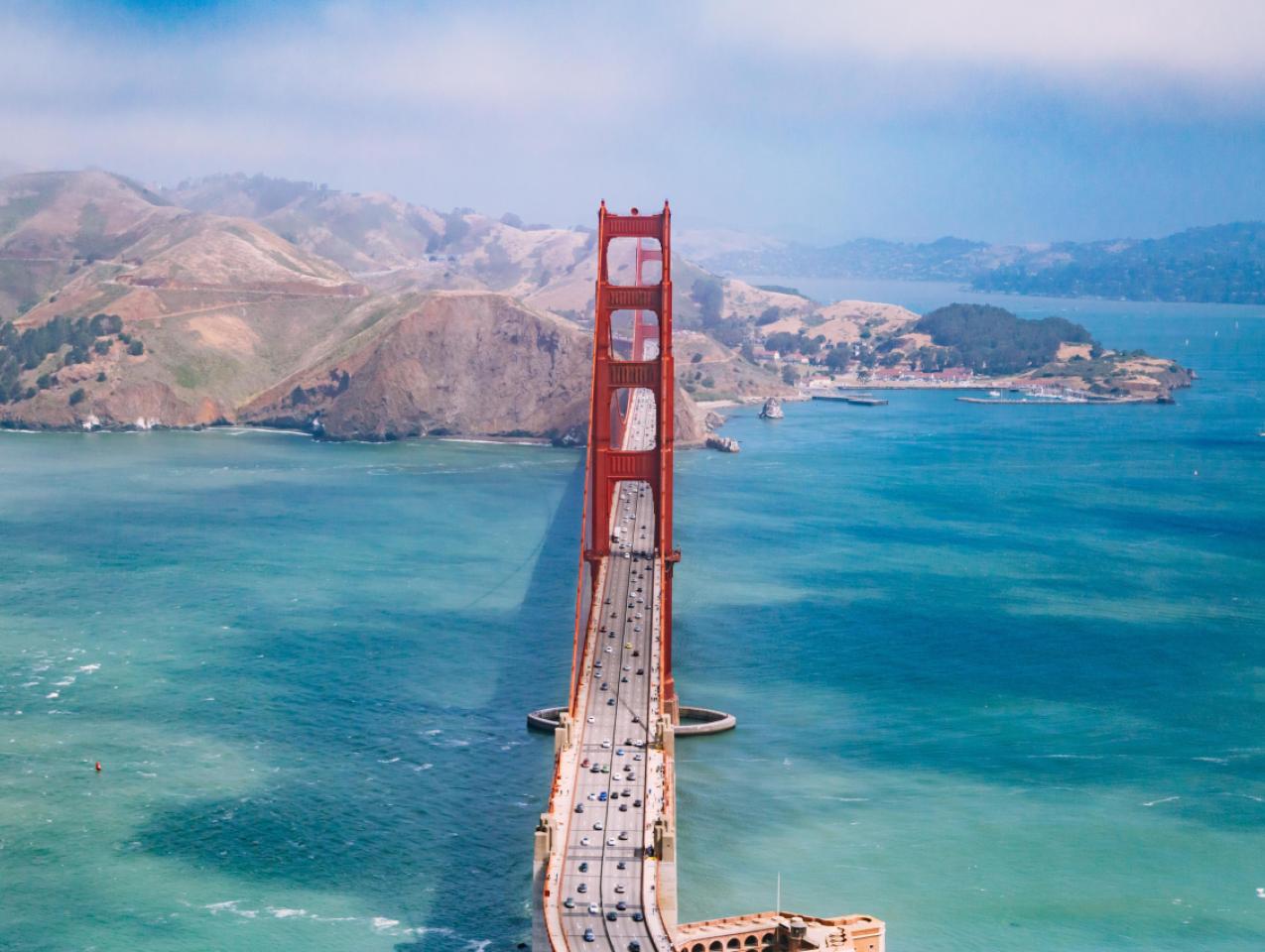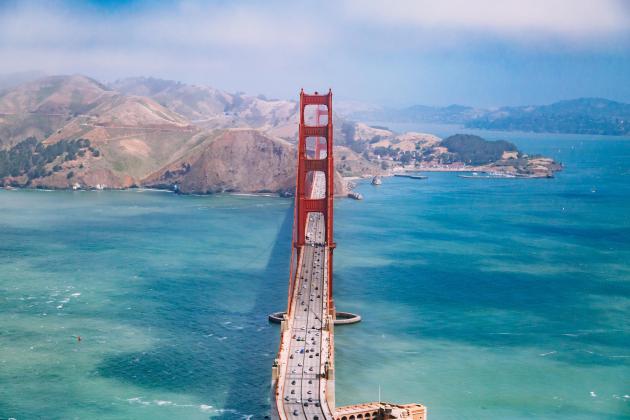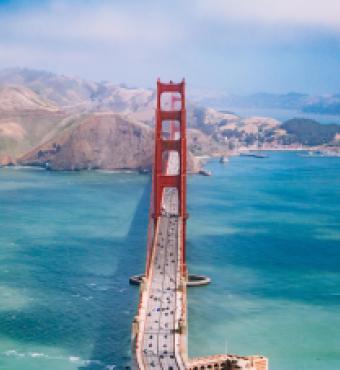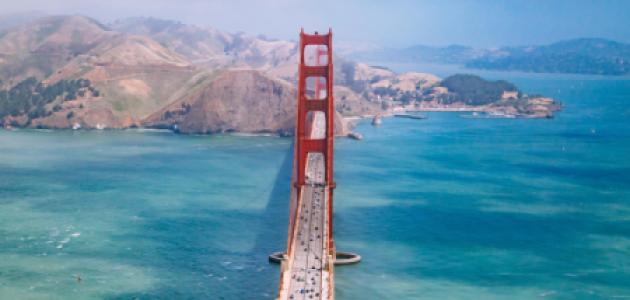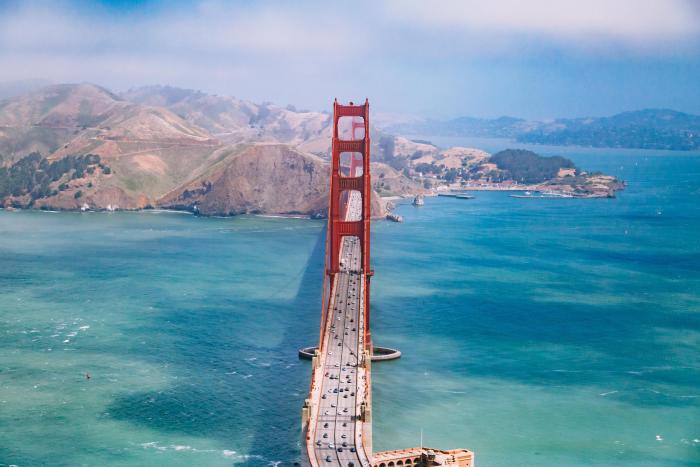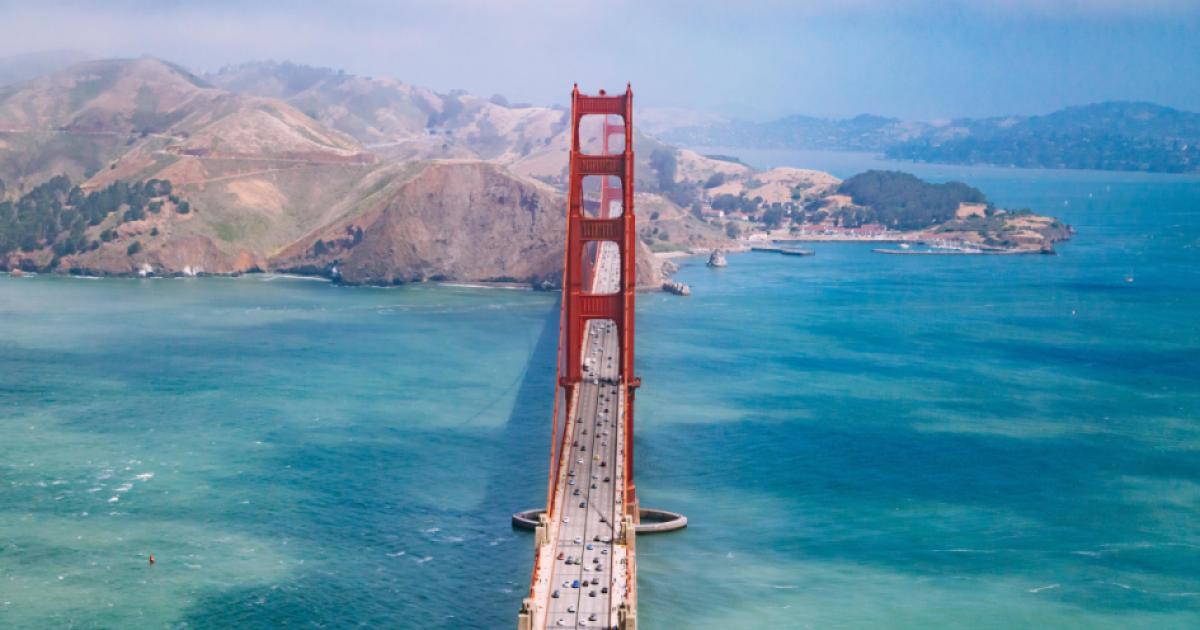- Politics, Institutions, and Public Opinion
- State & Local
- California
We’re only four days into a new administration, and I’ll admit that I’m struggling to put California’s fortieth governor in historical context.
At age fifty-one, Gavin Newsom represents a twenty-nine-year departure from his predecessor, the octogenarian Jerry Brown (in 2018, America’s oldest governor). It’s reminiscent of Brown replacing Ronald Reagan in 1975 as the Golden State’s thirty-fourth governor—a twenty-seven-year age gap at the time.
Except that Brown was an unorthodox Democrat replacing a conservative Republican in the immediate aftermath of the nation’s Watergate crisis. In 2019, the Brown-Newsom segue is one Democrat transferring power to another. Moreover, say what you will about President Trump’s political woes, but we’re nowhere near the high drama of impeachment votes and a resignation speech.
Maybe the more apt parallel is Democratic continuity. The last time Democratic governors served consecutively in California was 1883 to 1887 with the rules of George Stoneman and Washington Bartlett. But Bartlett passed away only nine months into his lone year in office. So much for lasting impact.
A friend and fellow Californian suggested one other parallel: the American Civil War, given these contentious times.
California had three governors during the stretch from 1861 to 1865. Good luck finding a counterpart.
Here’s then-Governor Leland Stanford’s inaugural address on this date in 1862, less than six months after the First Battle of Bull Run. You’ll notice that Stanford didn’t attack the federal government. Rather, he embraced the Union: “Let us be as tolerable and charitable of opinion as possible, but none should ever forget that California is one of the United States—that she is loyal to the Union, that her citizens have quite recently unmistakably declared their devotion to our national unity, their recognition of the supremacy of the National Government, and their determination to maintain both inviolate.”
“The resistance” it ain’t.
Where then should we place California’s fortieth governor in the state’s nearly 170-year march of time?
Call it a march into uncharted territory.
Newsom may be California’s third Democratic governor in the past two decades (only four Democrats served as governor from 1895 to 1983), but he’s by far the most self-avowed progressive in recent times—or so he reminded us in Monday’s inaugural address.
Newsom gave the obligatory lip service to being a governor for all Californians (“I intend to represent all Californians, not only those who voted for me”).
But there wasn’t a moderate or conservative idea to be found in the prepared text—only talk of more government to the rescue to serve “the human condition” (health care, free college tuition, parental leave).
And these words made it clear that the new governor will steer the state to port: “Here in California, we will prove that people of good faith and firm will can still come together to achieve big things. We will offer an alternative to the corruption and the incompetence in the White House. Our government will be progressive, principled and always on the side of the people.”
Who would stand in the way of this California Dreamin’? According to Newsom, the usual suspects cooked up by the left: Big Pharma, the gun lobby, polluters, and Republicans in DC.
And there was an expressed view of the nation-state’s importance that is . . . well, overstated. “People’s lives, freedom, security, the water we drink, the air we breathe—they all hang in the balance,” Newsom declared. “The country is watching us. The world is waiting on us. The future depends on us. And we will seize this moment.”
Puleeze!
Compare all of that to how Gray Davis modestly (and moderately) positioned himself in the 1999 inaugural address that marked the end of sixteen years of Republican governors: “I am a moderate and a pragmatist by nature. And that is how I will lead this state into the future. I will govern neither from the right nor from the left, but from the center, propelled not by ideology, but by common sense that seeks better results from all of us. It matters not whether an idea comes from a Republican or a Democrat.”
It’s that first year of the Davis administration that’s worth recalling as Newsom begins his first year in charge in Sacramento.
Davis, like Newsom, was the rare California governor to inherit a vibrant economy. During his first two years, California’s General Fund revenues rose by nearly 30 percent, thanks in large part to increased personal income tax collections (i.e., taxes paid on capital gains and stock options).
Meanwhile, the state’s General Fund expenditures rose by 37.6 percent over the same two-year period. Over half of that sum (55 percent) went to K–12 education and health and human service programs.
But then the tech bubble burst—and so too did California’s fiscal fortunes. State revenue fell by 15 percent, its biggest downturn since the Great Depression. According to the state’s legislative analyst’s office, California’s income tax receipts were off by $10 billion. One reason why: a top-heavy revenue system in which 40 percent of all adjusted gross income came from the top 5 percent of California’s taxpayers.
Fast-forward now to the fourth day of the Newsom administration and the presentation of the new governor’s budget proposal for the coming fiscal year. (Newsom will release an updated version in May, after April’s revenue haul, and then negotiate a final deal with the State Legislature.)
We know that Newsom has ambitious ideas when it comes to investing in education (expanding free community college tuition and early childhood programs) and families’ lives (he wants six months of paid family leave that may prompt a tax increase). We also know that Newsom fired a salvo across the legislative bow last month after talking to lawmakers about their spending wishes: “All of this will be whittled down and we all will live within our means,” Newsom told reporters. “We’re not going to deviate from being fiscally prudent.”
And we know that California’s economy shows some troubling signs: housing shortages, a recession that’s long overdue (despite Jerry Brown’s repeated warnings, it didn’t happen on his watch), and market volatility.
Eight years ago, on the day Brown began his second turn as California’s governor, the Dow Jones Industrial Average closed at a two-year high (11,670—it’s highest level since August 2008). Apple’s stock rose 2.2 percent, with its market cap topping $300 billion for the first time. On the last full day of Brown’s tenure, the Dow stood at 23,444 after a one-day gain of nearly 747 points.
But it’s an uneasy market, given the market events of the past few weeks, and some Silicon Valley stalwarts—Apple, Facebook, Tesla—are facing serious problems with earnings, business models, and corporate leadership.
California’s the home to Hollywood, so let’s put this in cinematic terms. If Thelma and Louise were alive and living in California, their suicidal gesture would be sailing off Highway One, holding hands in a lustrous Tesla (a swift electric vehicle that can’t be produced or sold fast enough), with shares of crestfallen Apple and Facebook stock flying out of the truck like confetti.
Gavin Newsom is California’s first Gen X governor. He’s also the first product of a younger, capital-fueled, tech-rich San Francisco high society to make it to a high political office in California. Newsom’s rise to political fame and business fortune is emblematic of an attractive clique of glamorous men and women who lead privileged lives close to America’s western shore.
How ironic it would be if Newsom, a Tesla-driving, tech-embracing futurist, finds his grand designs foiled by a slumping NASDAQ—the same economic engine that made life so pleasant for his predecessor these past few years.







